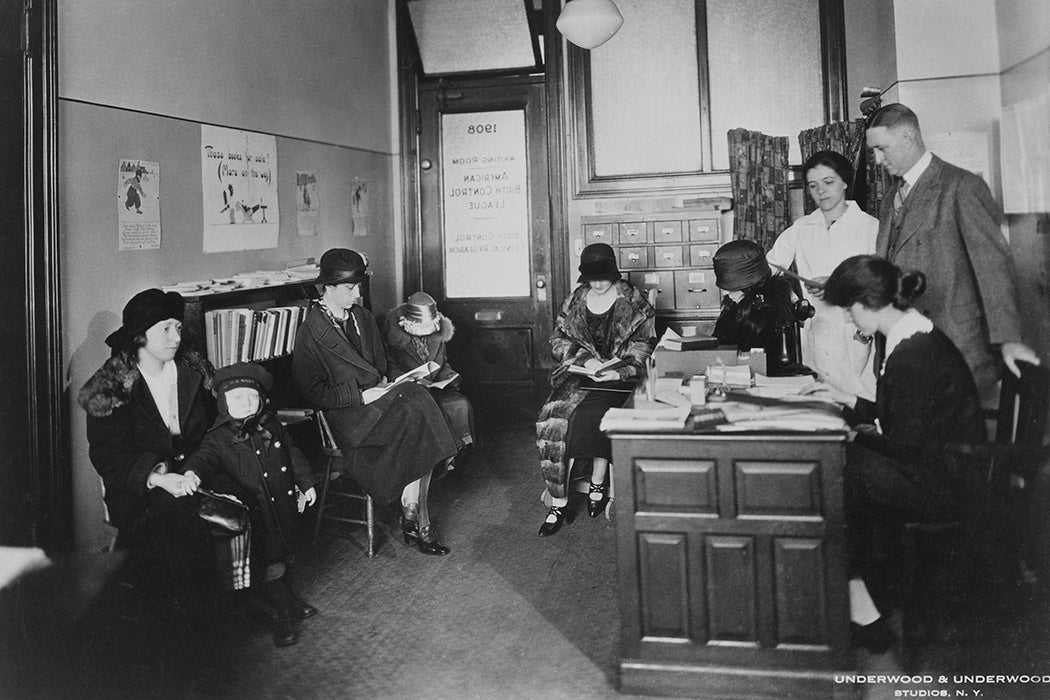What do blues singers, anarchist revolutionaries, and medical reformers all have in common? As historian and Women’s Studies scholar Christina Simmons writes, they were all part of a wave of sex radicalism that hit the US in the first decades of the twentieth century.
At that time, Simmons writes, the legal regimes governing sex were extensive. Laws often banned contraception and abortion, as well as interracial, gay, and extramarital sex. And yet, there were new political, social, and intellectual currents pushing against the norms these laws reflected. Sexological science increasingly presented individual pleasure as a valid concern for medicine. Demographic changes—Catholic and Jewish immigration, as well as Black migration from the South—challenged the dominance of Anglo-American moral standards. Above all, this was a time when Americans were increasingly concerned about individuality and the distinctive ways different people could find happiness.
Early twentieth-century medical professionals increasingly viewed the sex drive as a natural, healthy, creative force that would create problems if stymied. Most often, these arguments focused on white, heterosexual men. But sex radicals extended them to others. Anarchist and birth-control advocate Emma Goldman, for instance, asked
Can there be anything more outrageous than the idea that a healthy, grown woman…must…abstain from the depth and glory of sex experience until a ‘good’ man comes along to take her unto himself as a wife?
Birth control was central to the dream of an equal right to sexual pleasure for women. But it was a wildly controversial topic, and many advocates preferred to discuss contraception in other terms. Simmons notes that this was especially true for Black women writers, who were particularly vulnerable to sexual stereotypes. They often advocated for birth control as a health issue, and as a form of self-defense against impregnation by white rapists.
At the same time, Simmons suggests that the Black southern tradition of common law marriage provided an alternate template to legal, patriarchal unions, parallel to anarchist and feminist arguments for “free love.” And both Black and white intellectuals drew inspiration from working-class Black blues singers like Ma Rainey and Bessie Smith who defied stigma to openly embrace desire.
“The working-class blues women of the 1920s were able to seize their already-sexualized image and turn it into an assertion of heterosexual and, occasionally, lesbian pleasure and autonomy,” Simmons writes.
Weekly Newsletter
Along with these singers, certain white women writers helped transform the popular image of lesbians. Women who might have presented their relationships as innocent “romantic friendships” in an earlier era now defended them on the basis of individual rights to pleasure. Pseudonymous autobiographer Diana Frederics, for example, argued that a woman with no sexual interest in men was “not a whole woman” without “a woman lover.” Other lesbian writers advocated lesbianism for its nonconformity to gendered romantic scripts or as a way to escape patriarchal servitude.
While sex radicals came from many different backgrounds and perspectives, Simmons writes, they were all ahead of their time as “proponents of the modern conception of a sexualized self.”
Support JSTOR Daily! Join our membership program on Patreon today.







